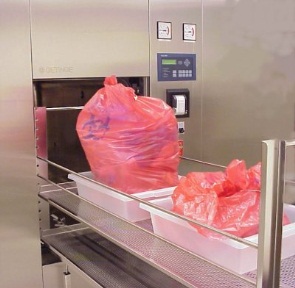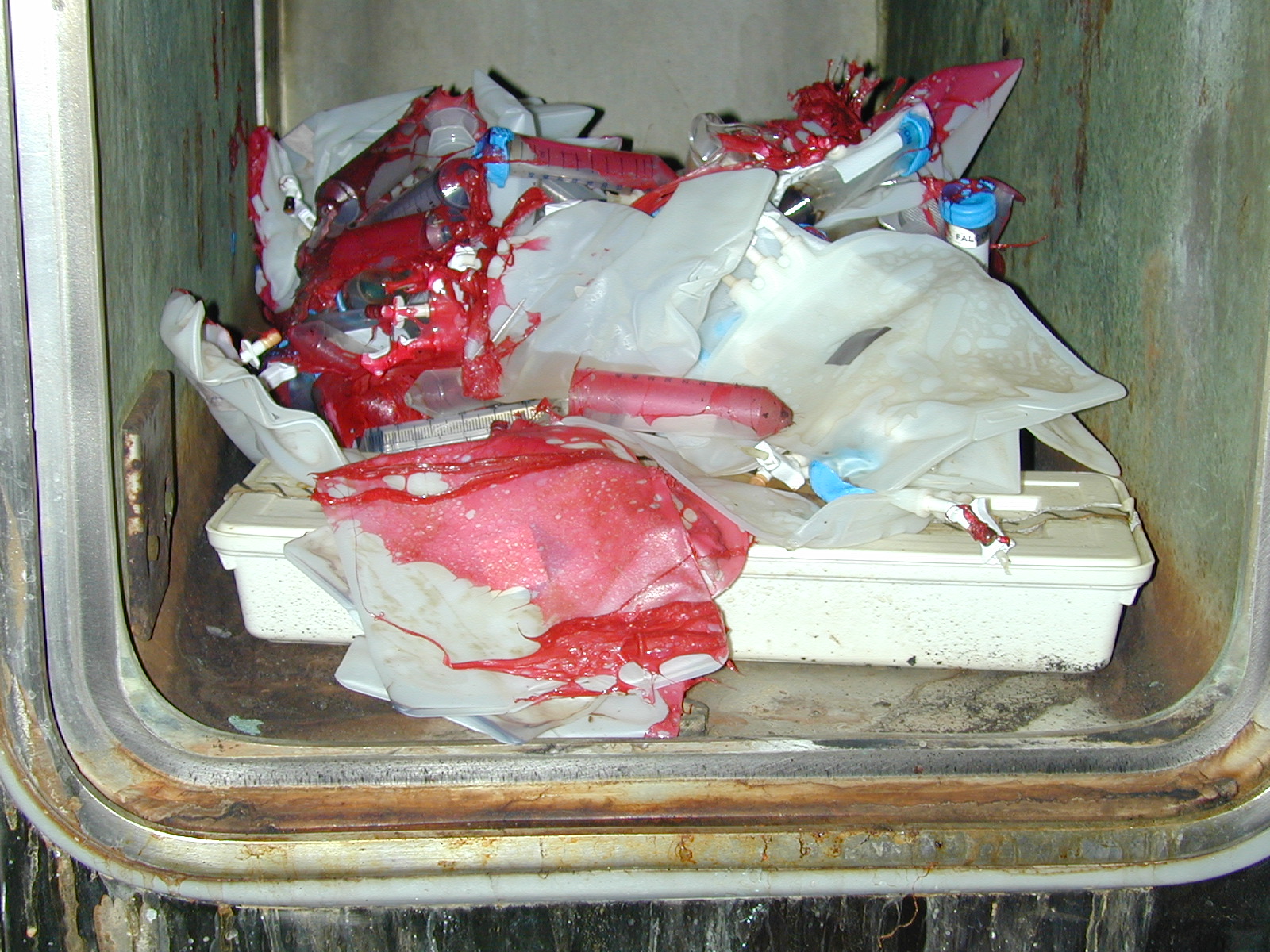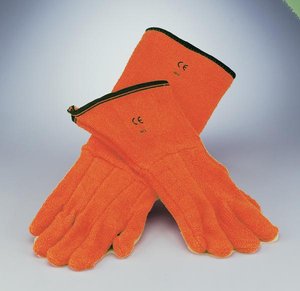Last Revised: November 14, 2022
An autoclave is a specialized piece of equipment designed to deliver steam generated heat under pressure to a sealed chamber, with the goal of decontaminating or sterilizing its contents.
What materials are autoclaved?
- Autoclave ALL cultures and stocks of infectious agents, consumables used in the manipulation of said cultures, recombinant materials (rsNA), human, non-human primate, or infectious animal tissue waste, cages and bedding of potentially infected animals (ABSL-2), and reusable lab ware that can not be placed directly into a hard-sided infectious waste tote.
- Users of a Reusable Sharps Container and labs in building using Reusable Infectious Waste Collection totes DO NOT have to autoclave the waste listed above prior to disposal.
- DO NOT AUTOCLAVE items contaminated with solvents, volatile or corrosive chemicals, radioactive materials, or items containing carcinogens, mutagens or teratogens.
- Contact EHRS at 215-898-4453 for more information on how to dispose of non-autoclavable items properly.
- Contact your autoclave vendor for training on how to operate the autoclave.
Who MUST autoclave their infectious waste?
See Resources for Biohazardous Waste Disposal for additional guidance for your building or department on proper disposal of Infectious Waste. Autoclaving requirement vary by lab location.
Autoclave Etiquette:
DO
- Use a secondary container to prevent spills in the autoclave
- Remove material from the autoclave in a timely manner
- Place autoclaved waste in appropriate waste collection bins
DO NOT
- Leave autoclaved material in the autoclave overnight!!! (plastic bags may break down, spilling their contents in the autoclave chamber)
- Leave any waste bags on the floor
- Abort someone else’s autoclave cycle

How to use an autoclave:
Before Autoclaving
- Review the operator’s manual for instructions as different makes and models of autoclaves have different controls.
- Wear appropriate PPE while loading and unloading the autoclave, including heat resistant gloves, lab coat, and eye protection. A face shield should be worn if a splash hazard is present.
- ONLY use autoclavable biohazard bags.
- Use a heat resistant SECONDARY CONTAINER to retain any leakage that may occur.
- DO NOT overfill bags or autoclave chamber as this decreases its effectiveness.
- Leave bags unsealed to allow for steam penetration.
- Fill liquid containers only ½ full and loosen caps or use vented closures.
During Autoclaving
- DO NOT autoclave liquid and dry material together.
- Segregate autoclave loads (infectious waste, liquid, or labware).
- DO NOT LEAVE AUTOCLAVED MATERIAL IN AUTOCLAVE OVERNIGHT!!!
- Use appropriate cycle times for autoclaving. See the autoclaves user manual or the Biosafety Manual for further guidance.
After Autoclaving
- HOT, HOT, HOT! - Allow materials to cool down for 15-20 minutes prior to their removal.
- Always handle autoclaved material with HEAT RESISTANT GLOVES.
- ALWAYS make sure the pressure has gone to ZERO before opening the door!
- Use extreme CAUTION when opening an autoclave door – there still may be steam inside the chamber after the pressure has dropped to zero which can cause severe burns.